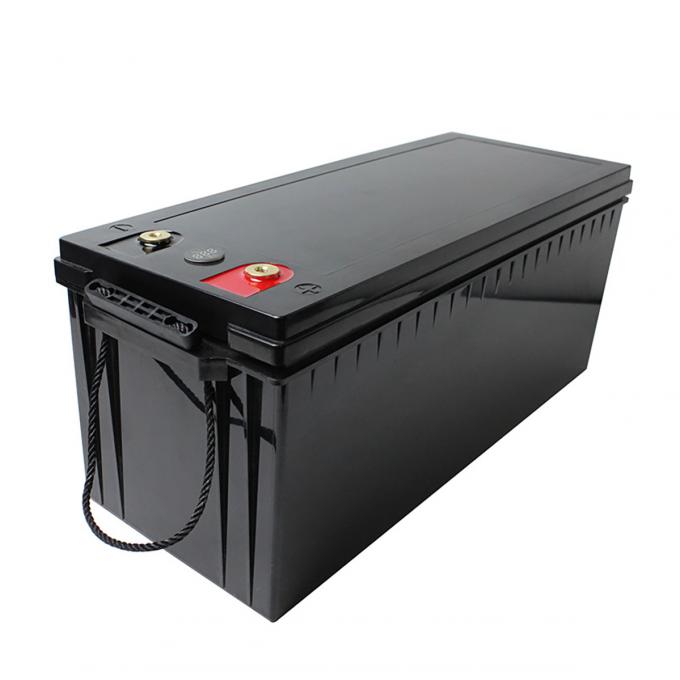Using lead-to-lithium batteries involves understanding both the transition from lead-acid to lithium-ion battery technology and the specific applications for which you intend to use these batteries.
1. Assessment of Current Needs
- Determine Power Requirements: Calculate the total power and energy requirements of your application.
- Evaluate Current Battery Setup: Assess the performance, lifespan, and maintenance issues with your current lead-acid batteries.
2. Understanding Lithium-Ion Batteries
- Types of Lithium-Ion Batteries: Learn about the different types (e.g., LiFePO4, NMC, LCO) and their characteristics.
- Benefits Over Lead-Acid: Understand the advantages such as higher energy density, longer lifespan, faster charging, and lower weight.
3. Compatibility Check
- Voltage and Capacity Matching: Ensure the lithium-ion batteries match the voltage and capacity requirements of your system.
- Size and Fit: Verify that the physical dimensions of the lithium-ion batteries fit within the space allocated for the lead-acid batteries.
4. System Modifications
- Battery Management System (BMS): Install a BMS to protect lithium-ion batteries from overcharging, deep discharging, and to balance the cells.
- Charger Compatibility: Ensure your charging system is compatible with lithium-ion batteries, which may require a new charger or modifications to the existing one.
5. Installation
- Safety Precautions: Follow proper safety guidelines for handling and installing lithium-ion batteries.
- Connection: Connect the batteries according to the manufacturer’s instructions, ensuring correct polarity and secure connections.
6. Performance Testing
- Initial Charge: Perform an initial full charge and monitor the battery performance.
- Load Testing: Test the batteries under load conditions to ensure they meet the required performance criteria.
7. Maintenance and Monitoring
- Regular Inspections: Conduct regular inspections to check for signs of wear, damage, or issues.
- BMS Monitoring: Use the BMS to monitor battery health, capacity, and performance over time.
8. Disposal and Recycling of Old Batteries
- Proper Disposal: Follow local regulations for the disposal and recycling of lead-acid batteries to minimize environmental impact.
Summary
Transitioning from lead-acid to lithium-ion batteries can significantly enhance the performance and efficiency of your system. By carefully assessing your needs, ensuring compatibility, and following proper installation and maintenance procedures, you can take full advantage of the benefits offered by lithium-ion technology.


